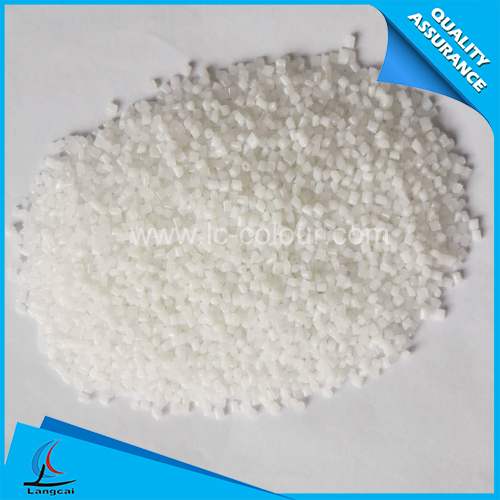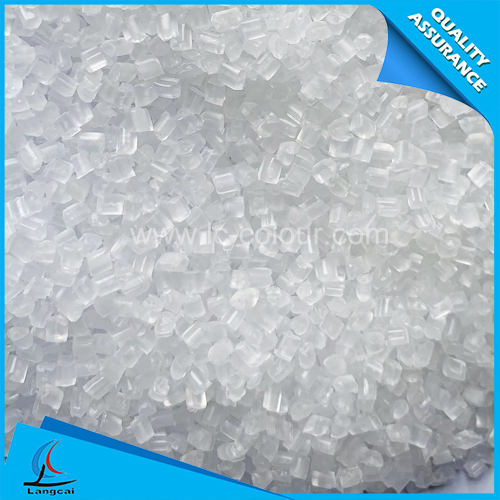- Nonwoven Fabrics
- Tailor Made Masterbatch
- Plastic Masterbatch
- Chemical Fiber Masterbatch
- Functional Masterbatch
- Machinery
- Spunbond PP Nonwoven Masterbatch
- Mono Color Masterbatch
- Liquid Color Masterbatch
- Non-woven Masterbatch
- Polyester Fiber Masterbatch
- Nylon Fiber Masterbatch
- Polypropylene Fiber Masterbatch
- Lab Nonwoven Machine
- Lab BCF Machine
- Dryer
- Filler Masterbatch
- Environmental protection policies promote technological innovation and green development in the color masterbatch industry.
- An Overview of the Production and Application of Mono Color Masterbatch for Yantai Liangcai Plastic Technology
- Analysis of the Core Technical Advantages of Mono Color Masterbatches!
- The international maritime shipping market has witnessed a round of intense price hikes
- How can the refined cotton industry navigate through the trade fog between China and Japan
- Why choose Mono Color Masterbatches? Three major advantages highlight value!
- Phone:00836 - +86-535-8484358
- Email:wendy@ytlc-colour.com
- Address:DALAN INDUSTRIAL PARK, ZHANGXING TOWN, ZHAOYUAN CITY, SHANDONG, CHINA
On the afternoon of November 20th, the 23-year-old Kanlan Munisha was skilled in operating the machine in the production workshop of Aksu Textile Industrial City (Development Zone). Kanlan Munisa was a poor household in the village of Yusik Kyish Aiike in the town of Baishi Aiike, Awati County. She benefited from the urban-rural surplus labor transfer employment plan, she and her husband Tulson Abdul Yimu became an industrial worker of Alexing Knitting Co., Ltd. "Now we have a monthly income of nearly 7,000 yuan for 2 people, work here, free of charge and food, almost no extra expenses. We plan to save money to buy a house here, and take over the parents and children." Kanlan Munisha happily Say.
The Aksu region has continuously improved the linkage mechanism between industrial development and employment, and promoted employment in the textile and garment industry. Since the beginning of this year, the Aksu region has transferred 41,100 jobs, including 20,800 people working in the textile and garment industry; 4,979 people have been transferred to the poverty-stricken family, including 2,997 people who have moved to textile and garment enterprises.
This is a microcosm of the development of the textile and garment industry in our district. Since the beginning of this year, our district has adhered to “employment first, southern Xinjiang priority”, and continues to push the development of the textile and garment industry to drive the employment of millions of people. More and more young people like Kanlan Munisha have turned from peasants to modern Industrial workers, to achieve a gorgeous turn of life.
It is reported that in the first three quarters, textile enterprises with a main business income of more than 3 million yuan completed an added value of 7.304 billion yuan, an increase of 11.1% over the same period of the previous year, ranking the forefront of the growth rate of 39 industrial sectors in the region. The region's textile and garment industry added 97,100 new jobs (including the Corps), of which 80,800 new jobs were created in the four states of southern Xinjiang. There are 204 new textile and garment enterprises in the whole region (including the Corps), including 169 new ones in the southern Xinjiang. Through the precise policy of the four states in southern Xinjiang, we supported the construction of 537 textile and garment satellite factories and production workshops in the four states of southern Xinjiang.
Our district has always regarded the four states of southern Xinjiang as the focus of the development of the textile and garment industry, and has effectively made the textile and garment industry an important industry in southern Xinjiang to promote employment and promote poverty alleviation. On the one hand, we insisted that industrial policies should be tilted to the south, and on the basis of maintaining the stability of existing policies, we will increase support for the development of terminal industries such as clothing, home textiles, and knitting, especially the implementation of the whole industry chain support policy for southern Xinjiang; Some countries support the Xinjiang textile and garment industry policy, and expand to the labor-intensive industries such as electronic product assembly and processing, shoes and hats, toys, and wigs invested by the four states in southern Xinjiang, attracting a large number of labor-intensive enterprises in China to invest and maximize The employment channels of the people of all ethnic groups in southern Xinjiang have helped the southern Xinjiang region to get rid of poverty.
Yantai Liangcai Plastic Chemical Fiber Factory specializes in production: functional masterbatch, plastic masterbatch, standard monochromatic masterbatch, complex masterbatch, functional masterbatch, complex masterbatch, non-woven tester, meltblown non-woven Cloth machine, hydrophilic masterbatch, functional masterbatch, etc.
- Environmental protection policies promote technological innovation and green development i
- An Overview of the Production and Application of Mono Color Masterbatch for Yantai Liangca
- Analysis of the Core Technical Advantages of Mono Color Masterbatches!
- The international maritime shipping market has witnessed a round of intense price hikes
- Why choose Mono Color Masterbatches? Three major advantages highlight value!
- How can the refined cotton industry navigate through the trade fog between China and Japan
- The application advantages of Plastic Masterbatches are remarkable!
- The "Symbiotic code" between domestic and overseas markets
- Why choose Mono Color Masterbatches?
- How will the "balanced development of imports and exports" be promoted during the "15th Fi


